Hifiman Svanar Wireless LE and Wireless Jr
Hifiman Svanar Wireless LE Review
The Svanar Wireless represent Hifiman’s entry into the TWS market. There are 3 separate variations in this new TWS platform, the flagship Svanar Wireless, the mid-priced Wireless LE and the entry level Wireless Jr, as you shall see these models share a similar design and some technologies but Hifiman have done a nice job in having a clear delineation between each model in the platform.
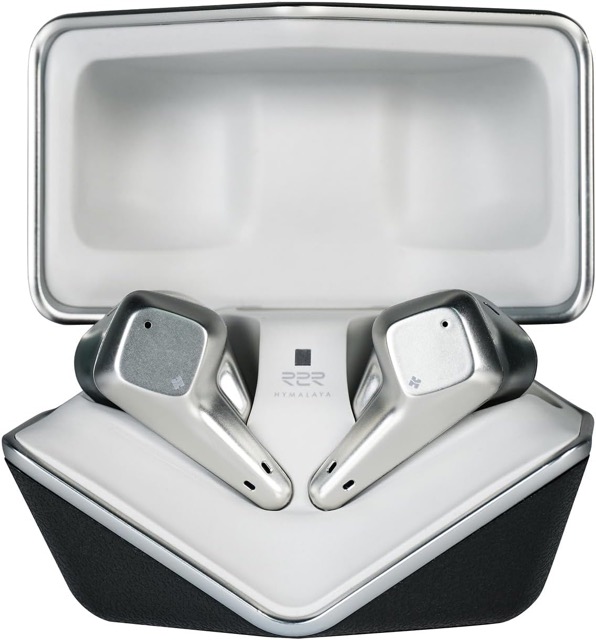
Let’s get into the details of which of these might be best for you.
I would like to thank Mark from Hifiman for providing the both the Svanar Wireless LE and Jr for the purposes of review
Introduction
Here are the 2 models I received as you can see the case design is identical, but that Jr model case on the left uses
slightly cheaper materials:
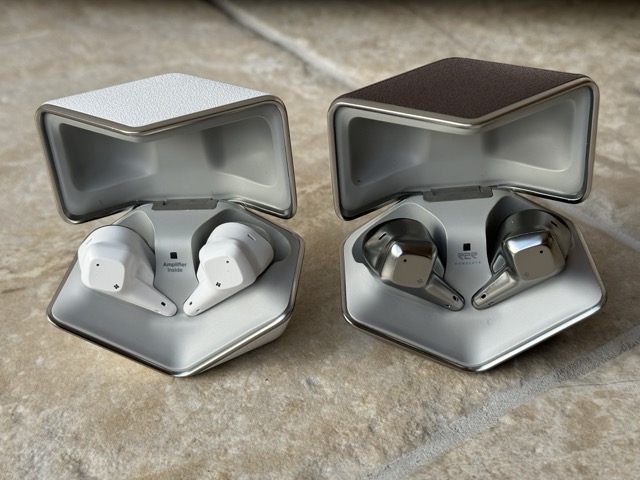
Here is a rough breakdown of the feature differences between the models and their current prices as of the publication of this review:
| Model | Features | Current Sale Price |
|---|---|---|
| Svanar Wireless | Wireless Charging, LDAC Codec + Himalaya R2R DAC Amp | $499 |
| Svanar Wireless LE | Himalaya R2R DAC Amp but NO LDAC or Wireless charging | $199 |
| Svanar Wireless Jr | LDAC is included but only a basic DAC / Amplifier | $119 |
Just looking at these features I would have guess the Svanar Wireless LE was the pragmatic choice, but sometimes the specializations do not tell the complete story.
The Svanar name is also shared by Hifiman top of the line IEM, so lending this name to these TWS is an indication of how serious Hifiman are taking this entry into the TWS market, and as the name implies they are using some of the same technologies specific the Topology Diaphragm dynamic drivers in these TWS sets.
And as you shall see as well as the name they share a similar sound profile (though not quiet the same), that combined with the Himalaya R2R DAC (in the Wireless and LE models) are a real indication that Hifiman are bringing their audiophile “big guns” to this product range.
So I used both models interchangeable initially but due to the superior audio quality of the Himalaya R2R DAC in Wireless LE model I ended up mainly listening to that model but where relevant I will include details of the differences between the 2 models within this review.
So let’s get into the details of what you can expect with a Svanar Wireless LE and Jr.
Build Quality and Box Contents
Upon unboxing the HiFiMan Svanar Wireless TWS, one is immediately struck by its premium feel.
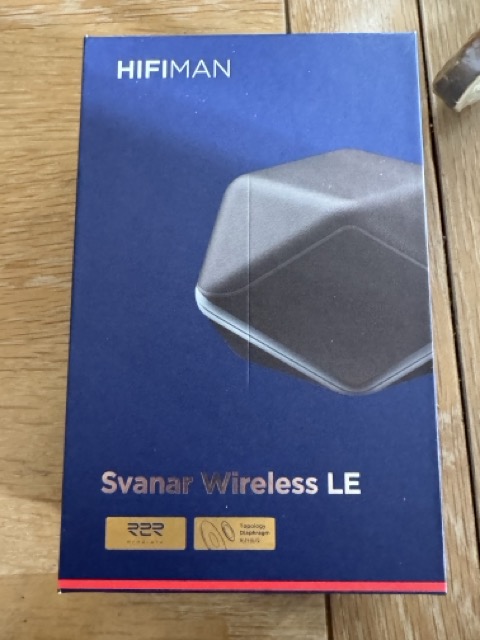
This sense of quality extends from the earbuds themselves to every item in the package.
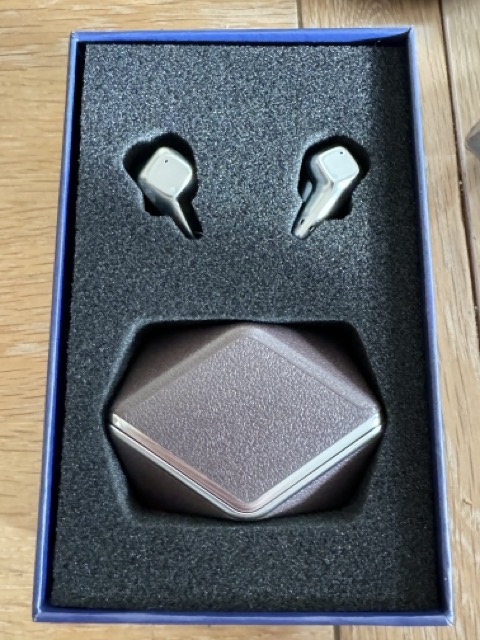
The casing, a blend of carbon fiber and aluminum, imparts a high-end feel, diverging from the previous TWS600 model by offering a visually and physically more impressive design.
The name Svanar comes from the design of the earbuds themselves as Svanar is swedish for Swan.
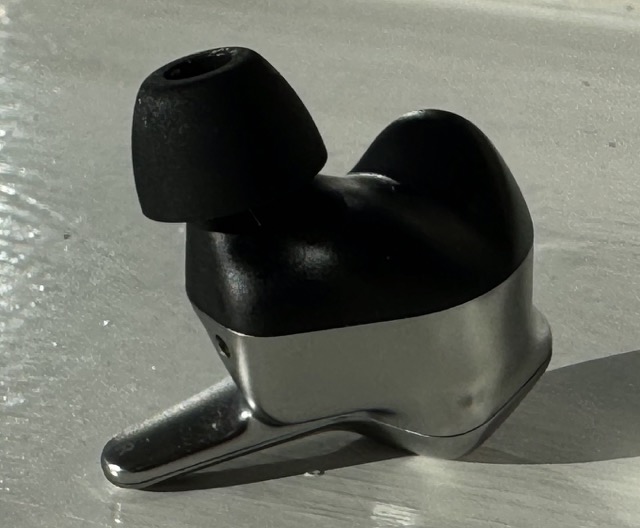
The case is high quality from using these daily for a few weeks the case show no signs of damage even when carried
unprotected in my pocket with my keys:
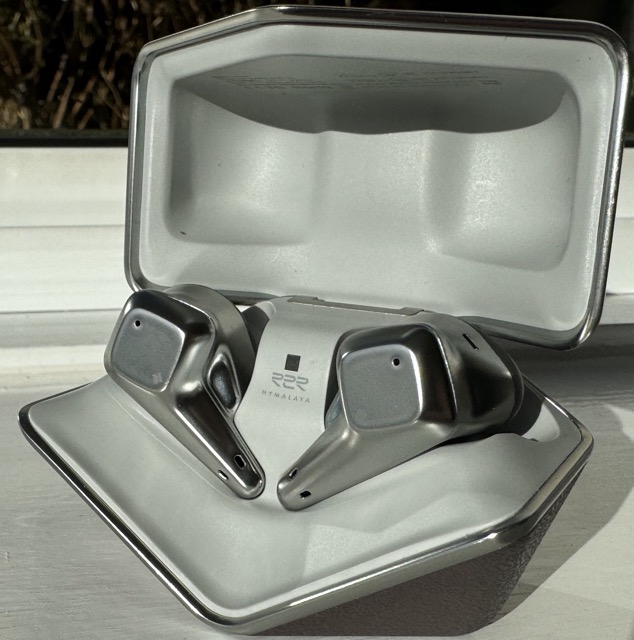
Here is short video showing the lovely design of the case of the LE Model:
Here is short video showing the lovely design of the case Jr Model - notice that its says ‘Amplifier inside’:
And here is another short video showing the IEM itself - notice the ‘swan’ shape of the IEM, this is where the Svanar names comes from:
Accessories
There is an excellent selection ear-tips within the case:
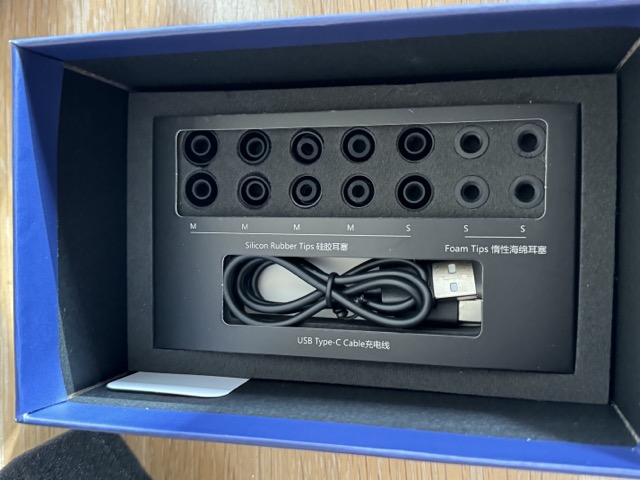
One understated, but I think incredible important feature of the case design of the Svanar Wireless is the side of the ‘cavity’, it is one of the few if not the only TWS cases I have come across which has space for much larger ear tips than the usual small / medium / large ear-tips that typical TWS are shipped with and the case size almost always limits the size third party ear-tips. Not so with the Svanar case you can have a much larger XL size. So here is a photo of all the ear tips provided but also a pair DUNU XL ear-tip that I used to with these to get a great seal with the Svanar Wireless LE:
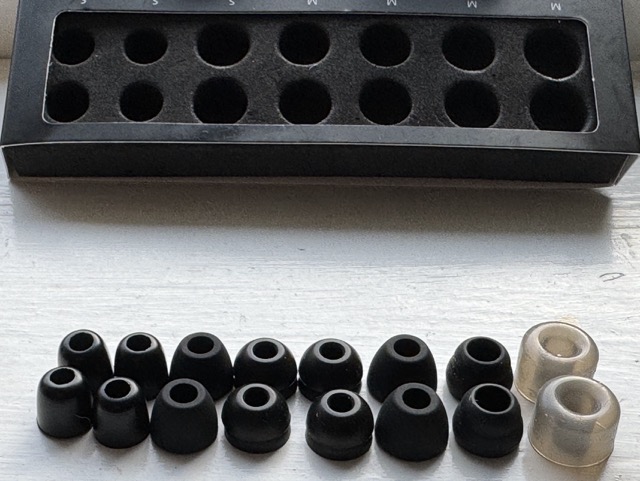
Here is the size of the XL ear-tip:
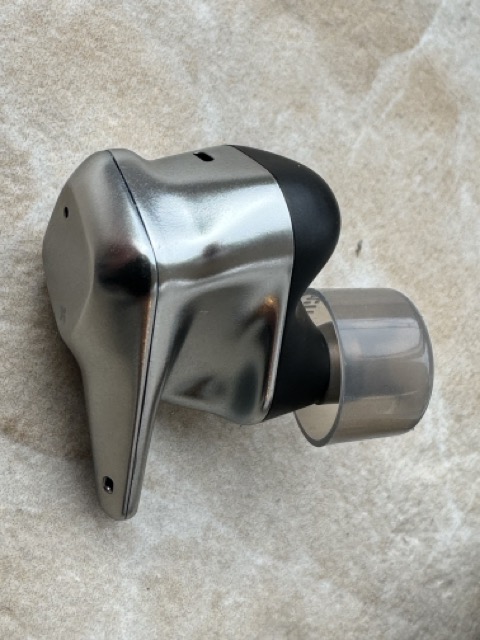
And yet here is it comfortable sitting inside the case:
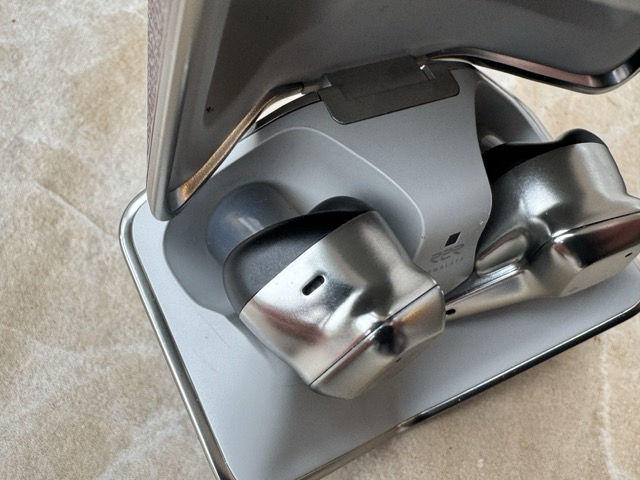
In my opinion, nobody should underestimate the benefit of finding the right ear-tip to get a good seal, not only for good audiophile reasons (to get the best bass response) but also for practical TWS reasons, i.e. you need a good seal to get good ANC to block outside noises. I know many people who have to swap ear-tips when they put on their TWS so for me the ability to just have an XL (or even a double or triple flange) ear-tips attached within the charging case all the time is a huge benefit.
And the case still closes easier and most importantly still charges.
Comparison of the size of the case
So while the benefit of a large case is the larger cavity it does mean that it’s bigger than all other TWS cases I have used so here are a few comparison photos of the Svanar Case compared to the Airpods Pro and a typical Soundcore TWS case:
From the top:
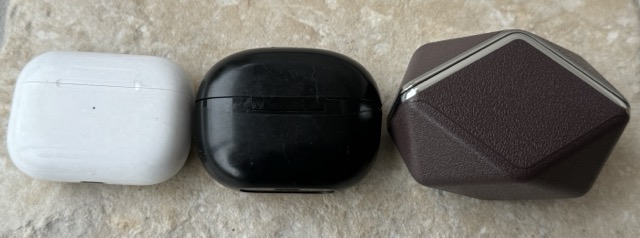
And from the side where you can really see the extra size of the Svanar Wireless LE:
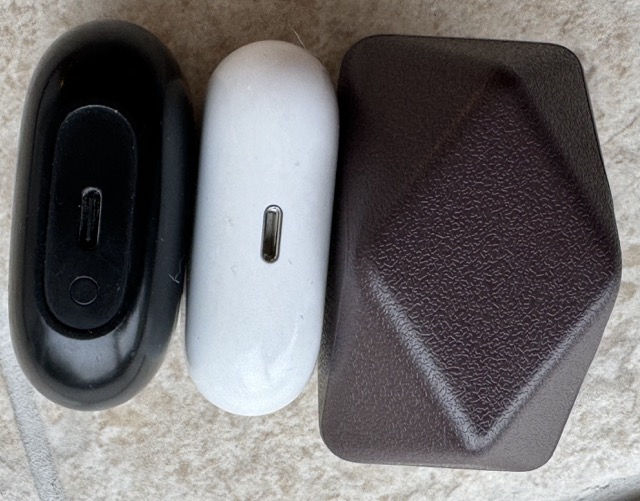
As you can see while I appreciate the size of teh Svanar case with its premium materials, extra large internal cavity and a large battery it does make it less portable for those who like to store their TWS case in their pockets.
Features
There are really 2 sets of features here, ones which come from Hifiman heritage in high quality audio products where they understand what is needed to deliver high quality audio but then there are the other features that are needed for a TWS that user have come to expect and therefore Hifiman have added.
Let’s get into the details of both sets of features:
R2R DAC & Topology Drivers
The Svanar Wireless features the same “Topology Dynamic Driver” used in HiFiMan’s top-tier IEMs. Paired with a unique R2R DAC, the audio quality is outstanding, offering clarity and a balanced sound signature that excels in delivering detailed audio experiences. The different when the R2R DAC is enabled in ‘Hifi Mode’ and the other modes and even the ’normal’ amplifier within the Jr is massive, while there is a slight volume boost when switching to ‘Hifi mode’ from ANC and transparency on the LE the level of treble clarity and fast responsive bass you immediately hear is fantastic, this to me is the most important feature of these TWS headphones.
ANC & Transparency:
While the ANC (Active Noise Cancellation) is competent, it does not reach the level of industry leaders like Apple, Bose or Sony. The Transparency mode is functional but can be overwhelmed by external factors like wind, leading to distorted sound. I could also not use the ANC outside during a windy day for walks as the microphone was getting distorted by the wind, so during those windy ‘walks’ I mostly kept the LE in Hifi-mode and used the passive isolation offered by a secure fit to dampen the outside noise.
Touch Controls:
The earbuds’ touch controls are very sensitive, especially in windy conditions, which can lead to unintentional activations or adjustments. They also can get activated when you are placing them / pushing them into your ears, so the picture below shows the correct way to place they in your ears, too much pressure on the middle touch control will switch to a different mode. In fact the first day I tried the Svanar Wireless LE I mistakenly activated ‘Transparency’ mode, and I was disappointed for a few seconds with the sound quality until I realised my mistake and pushed the left hand earbud again for a few seconds to restore ‘Hifi Mode’.
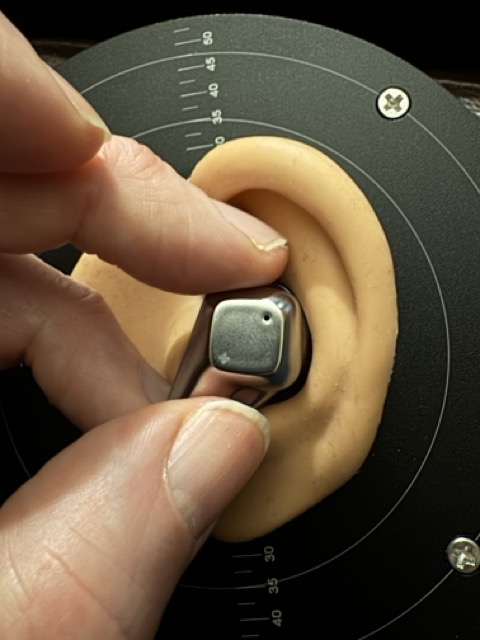
Battery Life:
The battery life is good but when using the hifi mode it does draw the battery a little faster, but its worth it. When the large case is included the total battery life is very good. I could last a transatlantic flight easily with a little break to re-charge via the case. You can actually use one each earbud on its own so could even temporarily charge the left while listening to right and vice versa.
Microphone:
Call quality is excellent, making these earbuds a reliable choice for work calls and daily communication. I have been getting my work colleagues to rate each different headphone, IEM or TWS set that I used on calls and the consensus was this was the as good as the Apple AirPods Pro and better than every other one I tried so the microphone quality is excellent.
Sound Quality
As I mentioned earlier, I spent a few weeks with both the LE and Jr versions of the Svanar Wireless, but I fairly quickly spent most of my critical listening time with the LE model in ‘Hifi mode’ so these sound impressions below are completely based around that options. The other modes were fine for podcasts, casual listening but once I heard the hifi-mode I could not get enough of listening to music with these TWS. With Hifi mode you do not really want to switch back, so I thought for this section it made complete sense to just concentrate on that sound profile. Though in the measurements section I will include some comparisons with the other modes and even the other ear tips.
Bass
The bass response of the Svanar Wireless LE TWS in has a warm punchy bass, but it does have a slight sub-bass roll-off. But, with for example, Bela Fleck and the Flecktones “Flight of the Cosmic Hippo” the Svanar TWS the bass provides a solid foundation without overpowering other frequencies. The LE infuses a touch of warmth into the bass, reminiscent of the deep thumps in Bjork’ “Hunter” adding a sense of depth and richness to the overall sound signature.
Midrange
Moving to the midrange, the Svanar Wireless TWS LE delivers vocals and instruments with astonishing clarity and detail. The midrange reproduction of the Svanar TWS LE captures the nuances of vocal performances with authenticity and presence. Instruments, too, are rendered with finesse, whether the guitars in Beck’s “Guess I’m Doing Fine” from Sea Change or the pianos in Elton John’s “Candle in the Wind” midrange was bought front and center that brought the music to life.
Treble
In the treble frequencies, the Svanar Wireless LE offers a crisp and well-extended presentation. Much like the sparkling high notes in pop anthems like Taylor Swift’s “Shake It Off,” the treble of the Svanar TWS LE adds clarity and excitement to the overall sound signature. It unveils subtle details and textures within the music, enhancing the listening experience with its airy presentation. Moreover, the Svanar TWS LE infuses a hint of brightness into the treble, reminiscent of the shimmering cymbals in Imagine Dragons’ “Thunder,” adding a touch of energy and liveliness to every track.
Soundstage and Imaging
The Svanar Wireless TWS LE really impresses with its expansive soundstage and precise imaging capabilities, it is hard to believe it has such a wide soundstage. I believe this is totally down to the sound of the R2R Amp offering an almost ’tube’ like enhancement to the sound. So tracks like ‘Bullet Proof’ by ‘This is the Kit’ sounded fantastic with the Banjo nicely layered behind the vocals with the high hats and nice rich bass backing up the overall imaging while at the same time having that sense that you have a group of musicians spread out in front of you. Another more recent example might be the ‘Kali Uchis’ track ‘Como Asi’ where nice layering of instruments while the vocals swirls around the soundstage. Instruments and vocals are accurately placed within the soundstage, allowing for a spacious and three-dimensional listening experience.
In summary, the quality of the sound on the Svanar Wireless LE is outstanding, for me, this totally makes up for some shortcomings like the lack of a Mobile app to configure things.
Specifications and Measurements
| Type | TWS (True Wireless Stereo) |
|---|---|
| Drivers: | 1x 9.2mm Topology Diaphragm with special Nano particle coating |
| Connectivity: | Bluetooth 5.2 (LDAC, AAC, SBC) |
| Frequency Response: | 10Hz – 35KHz |
| Impedance: | 32 ohms |
| Battery life: | Up to 4h (HiFi mode), 6h (ANC Mode), 7h (Transparency mode) |
| Sound Isolation: | Up to 25dB |
Frequency Response
So I thought it would be interesting to measure the different modes (ANC, Transparency and ‘Hifi mode’) on both the LE and Jr. So first the LE model:
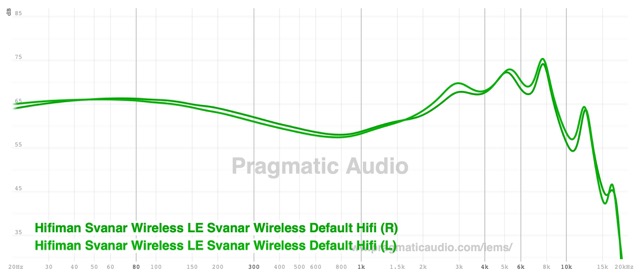 As you can see the channel matching is excellent - what you would expect from a TWS that emphasizes audio quality.
As you can see the channel matching is excellent - what you would expect from a TWS that emphasizes audio quality.
 So, the different mode do no change the FR dramtically, though the ‘Hifi Mode’ is 2db louder than
the other modes.
So, the different mode do no change the FR dramtically, though the ‘Hifi Mode’ is 2db louder than
the other modes.
For the Svanar Wireless Jr model mostly we have similar quality measurements though there is a strangeness in the
sub-bass on one of the ears:
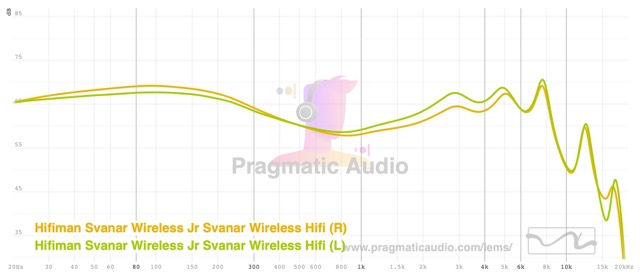
Comparing the Hifi-mode to the ANC and transparency we also see more variation than on the LE model:
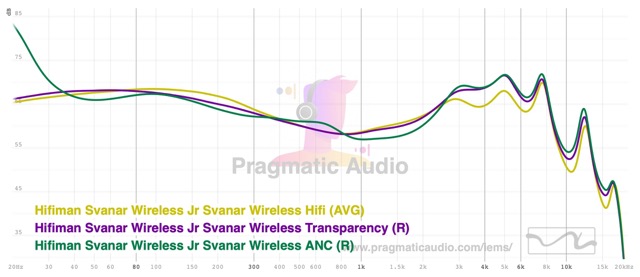
Distortion
Finally, we see hardly any distortion on either model, firstly the Jr model:
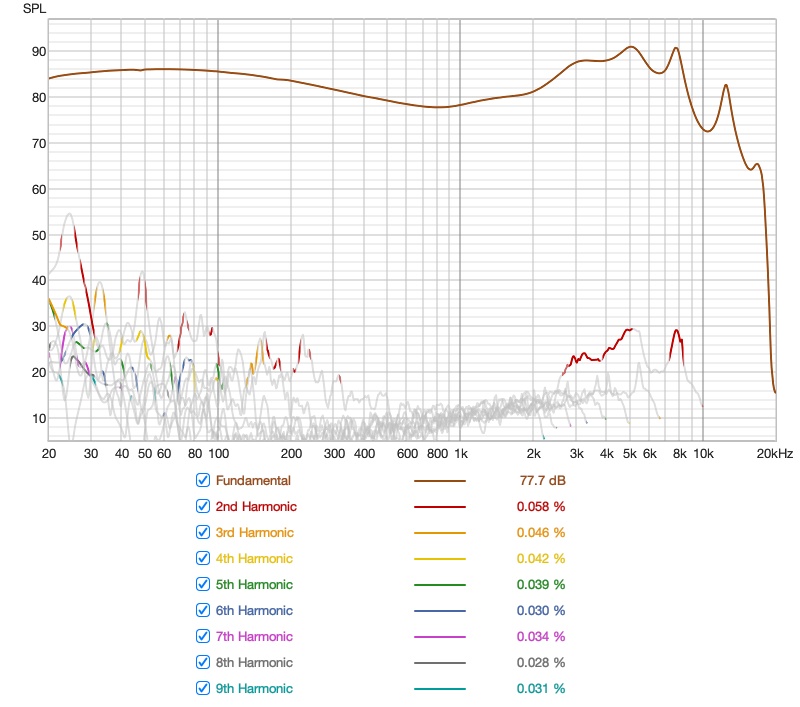 and then with the LE Model - both of these measurements were taken in ‘Hifi Mode’:
and then with the LE Model - both of these measurements were taken in ‘Hifi Mode’:
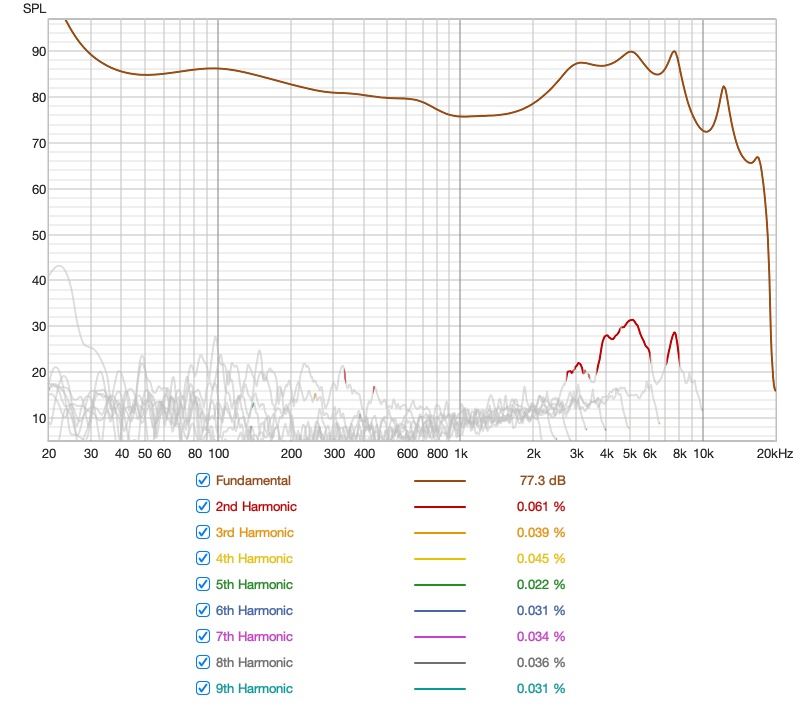
Rating
Given its exceptional audio quality, the HiFiMan Svanar Wireless LE deserves a solid 4-star rating. The Jr would only get a 3-star rating while its cheaper, I think the real pragmatic value here is to be able to listen to the Himalaya R2R DAC AMP within the LE. It is really only the absence of a companion mobile app, some average ANC and Transparency modes and maybe lack of EQ tweaks prevent it from achieving a perfect score, but the audio performance of the LE is undoubtedly 5-star quality on its own.
Conclusion
The HiFiMan Svanar Wireless LE especially stands out as a perfect pragmatic product in the crowded TWS market for those who prioritize sound quality. The R2R DAC and Topology Drivers sets the LE apart from all the competition and give you a taste for the even more premium Hifiman product range.
Overall, for audiophiles who value sound quality, the HiFiMan Svanar Wireless TWS presents a compelling choice, eclipsing other popular models from brands like Apple, Sennheiser, and Soundcore in audio fidelity.